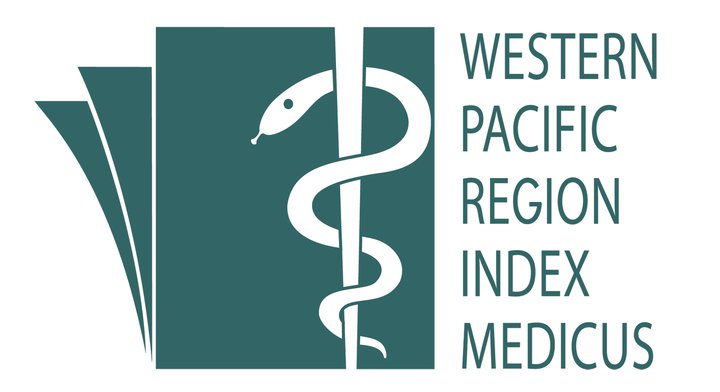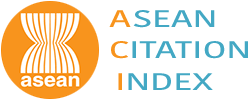Is Occupational Arsenic Exposure a Possible Causative Agent of Breast Cancer for a Young Female Laboratory Technician? A Case-Study
Keywords:
occupational exposure, arsenic, causative agent, breast cancerAbstract
A 28-year-old female laboratory technologist who was exposed to highly concentrated inorganic arsenic for 7 years, 25 hours a week, presented with left breast cancer. When most epidemiologic evidence reported by the IARC supported the relationship between arsenic exposure and cancers of lung, skin and bladder; literature had documented increased risk of breast cancer in specific populational subgroups due to the estrogen-like activity of arsenic. The causal assessment of occupational cancer is challenging due to the lack of relevant data on the worker’s biological monitoring and environmental exposure monitoring data, together with the insufficient genetic composition information like BRCA1 gene. Moreover, the poor work practice and hygiene had made the exposure through dermal contact and digestion possible. The interpretation of work causal relationship while distinct occupational cancer from those of non-occupational must consider individual susceptibility as low-level short-period exposure might increase the risk for certain worker. Therefore, a systematically collected medical surveillance data along with industry hygiene data is highly recommended in order to assist in the refinement of human dose-response relationship of specific work carcinogen
Downloads
Published
How to Cite
Issue
Section
License
Copyright (c) 2023 Pei Pei Heng, Hanizah Mohd Yusoff

This work is licensed under a Creative Commons Attribution-NonCommercial 4.0 International License.
IJPHR applies the Creative Commons Attribution (CC BY) license to articles and other works we publish. If you submit your paper for publication by IJPHR, you agree to have the CC BY license applied to your work. Under this Open Access license, you as the author agree that anyone can reuse your article in whole or part for any purpose, for free, even for commercial purposes. Anyone may copy, distribute, or reuse the content as long as the author and original source are properly cited. This facilitates freedom in re-use and also ensures that IJPHR content can be mined without barriers for the needs of research.






